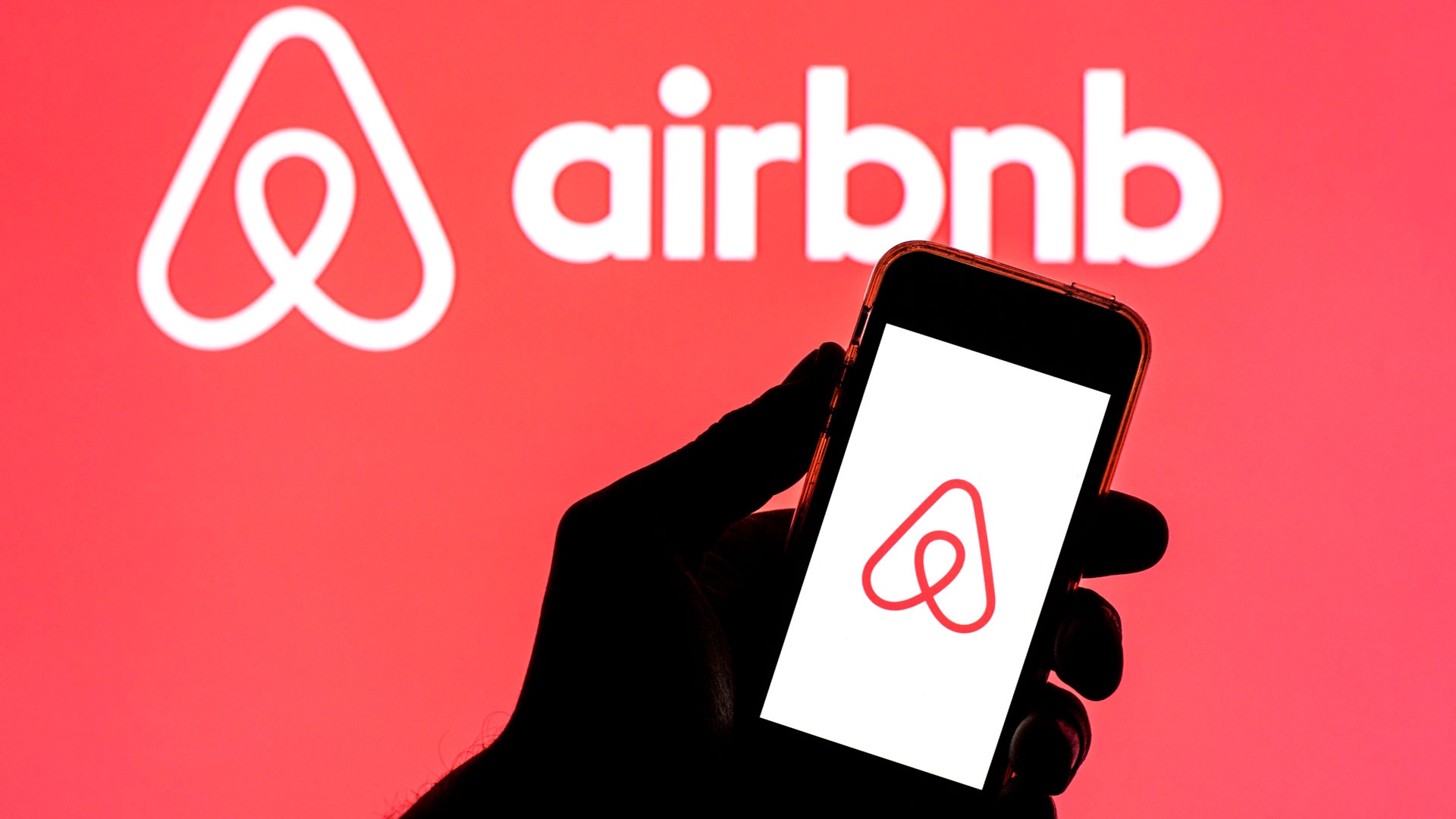Airbnb is a global online marketplace that allows people to rent out their properties or spare rooms to guests. The platform has revolutionized the hospitality industry by offering travelers unique and affordable accommodations and experiences while also providing hosts with an additional source of income.
Defining the Feature Requirements for Your AirBnb App
Defining feature requirements for an Airbnb clone app involves understanding the needs of both hosts and guests, as well as identifying the key functions that are necessary for the app to provide a seamless user experience. Here are some of the most important feature requirements to consider for an Airbnb clone app:
User registration and login
Allow users to sign up and log in using social media accounts or email addresses in the Airbnb clone app.
Search and filtering
Provide users with the ability to search for listings based on various criteria such as location, price, property type, amenities, and availability in the Airbnb clone app.
Property listings
Allow hosts to create and manage their property listings, including uploading photos, writing descriptions, and setting pricing and availability in the Airbnb clone app.
Booking and payments
Allow guests to book properties and process payments securely through the app, including refund and cancellation policies in the Airbnb clone app.
Messaging and notifications
Provide a messaging system to allow hosts and guests to communicate with each other, as well as push notifications for booking and other important updates in the Airbnb clone app.
Reviews and ratings
Allow guests to leave ratings and reviews for properties they’ve stayed at, and allow hosts to leave reviews for guests in the Airbnb clone app.
Host management
Provide tools for hosts to manage their listings, including booking calendars, availability settings, and messaging with guests in the Airbnb clone app.
User profile and account management
Allow users to manage their profiles, including personal information, booking history, and payment methods in the Airbnb clone app.
Localization and internationalization
Provide support for multiple languages, currencies, and time zones to accommodate users from different countries and cultures in the Airbnb clone app.
Customer support
Provide users with a way to contact customer support in case of issues or questions in the Airbnb clone app.
These are just some of the key feature requirements for an Airbnb clone app. The specific features and functionalities may vary depending on the business goals, target audience, and other factors.
Finding the Right UI/UX Design for Your AirBnb App
Designing the right UI/UX for your Airbnb app is crucial to its success. A well-designed interface can enhance the user experience and drive engagement, while a poor interface can lead to frustration and abandonment. Here are some tips for finding the right UI/UX design for your Airbnb app:
Define your brand identity
Your app’s design should align with your brand identity, including the tone, visual style, and messaging. This will help create a consistent and cohesive experience for your users.
Focus on simplicity
Airbnb’s success can be attributed, in part, to its clean and simple interface. Avoid clutter and unnecessary elements that can distract from the primary purpose of the app.
Make it user-friendly
Users should be able to easily navigate the app and find what they’re looking for. Use clear labels and icons to guide users through the app, and make sure the most important features are prominently displayed.
Use visual hierarchy
Use visual hierarchy to organize the content and highlight the most important elements. This can be achieved through size, color, contrast, and placement.
Test and iterate
Testing is crucial for finding the right UI/UX design for your app. Use user testing and feedback to identify areas for improvement and iterate the design accordingly.
Focus on accessibility
Consider users with different abilities when designing your app. Use color schemes and fonts that are easy to read, and provide alternative text for images and videos.
Stay up-to-date with trends
Keep an eye on the latest design trends and best practices to ensure your app stays relevant and modern.
By following these tips, you can design an Airbnb app that is user-friendly, visually appealing, and aligned with your brand identity. Remember to continually test and iterate the design to ensure it meets the needs of your users.
Developing the Backend Infrastructure for Your App
Developing the backend infrastructure for your Airbnb app is a crucial step in creating a scalable, reliable, and secure platform. Here are some key steps to consider when developing the backend infrastructure for your app:
Choose the right technology stack
The technology stack you choose will depend on various factors, such as the programming language you are familiar with, the scalability of the technology, and the reliability of the database system.
Create a robust and secure API
Your app’s backend should be built on top of a well-designed API, which allows your front end to communicate with the server. This API should be secure and easy to use and should include features such as authentication, authorization, and rate limiting.
Build a scalable database architecture
Your database should be designed to handle a large number of concurrent users and data sets. Choose a database management system that is reliable and scalable, such as MySQL, PostgreSQL, or MongoDB.
Use cloud infrastructure
Using cloud infrastructure, such as Amazon Web Services (AWS), Google Cloud Platform (GCP), or Microsoft Azure, can provide many benefits, such as scalability, reliability, and cost-effectiveness.
Implement robust security measures
Security should be a top priority when developing your app’s backend infrastructure. Use encryption, firewalls, and other security measures to protect user data and prevent unauthorized access.
Monitor and optimize performance
Use monitoring tools to track the performance of your backend infrastructure and optimize it as needed to ensure fast response times and minimal downtime.
Implement a backup and disaster recovery plan
Be sure to implement a backup and disaster recovery plan to ensure that your data is protected in case of an unexpected event, such as a server failure or a natural disaster.
By following these steps, you can develop a robust and scalable backend infrastructure for your Airbnb app, which is crucial for ensuring a smooth and reliable user experience.
Marketing Your Newly Designed AirBnb Clone
Marketing your newly designed Airbnb clone is crucial to its success. Here are some tips to help you market your app effectively:
Identify your target audience
Determine the demographics and characteristics of your target audience, and tailor your marketing efforts to their needs and preferences.
Create a marketing strategy
Develop a comprehensive marketing strategy that includes social media marketing, influencer marketing, content marketing, paid to advertise, and other tactics that are most effective for your target audience.
Use social media
Social media platforms such as Facebook, Instagram, and Twitter are powerful tools for promoting your app. Create compelling content, engage with your followers, and leverage social media ads to reach a wider audience.
Leverage influencer marketing
This can help you reach a wider audience and build trust with potential users.
Use content marketing
Develop compelling content that provides value to your target audience. This can include blog posts, videos, infographics, and other types of content that showcase the features and benefits of your app.
Use paid advertising
Paid advertising can be an effective way to reach a wider audience and drive conversions. Use platforms such as Google Ads and Facebook Ads to target your ideal audience and drive traffic to your app.
Optimize your app store listing
Your app store listing is a crucial element of your marketing strategy. Optimize your app title, description, screenshots, and video to make it more attractive to potential users.







Comments on “Get the Most Out of Your App Design: Learn How to Create an AirBnb Clone”
Comments are closed.